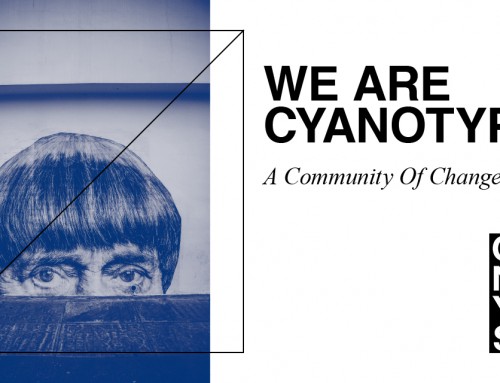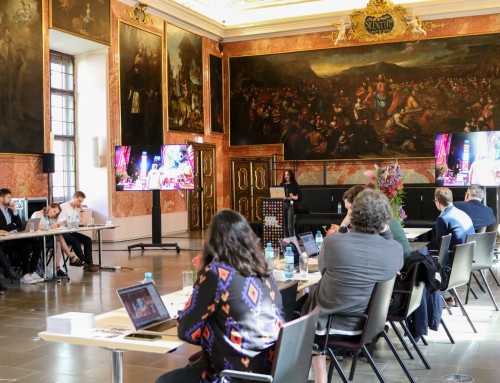How Chinese Museums Closed and Reopened During COVID-19
Republished by ECBN from: American Alliance of Museums
Almost all Chinese museums closed immediately on January 24, only one day after the city of Wuhan locked down, to reduce the risk of infection in crowded places. Beginning in early February, China’s Ministry of Culture and Tourism launched online public culture and tourism services, which aimed to enrich the cultural life of the public while they were locked in their homes. Viewers could browse thirty virtual exhibition halls of the National Museum of China, search for information about historical relics at the Palace Museum, and attend open courses from the National Library of China. Chinese museums also collaborated with some influential online platforms for livestream events.
On March 17, more than 180 museums in China reopened after month-long closures, according to a release published on that day by the National Cultural Heritage Administration. Only museums, memorials, and cultural heritage sites in low-risk outbreak regions were allowed to gradually resume operations, with the prior permission of local authorities. In medium-risk regions, open areas of cultural heritage sites and ruins-based museums could resume opening to the public in an orderly manner, while their indoor areas had to remain closed.








Leave A Comment